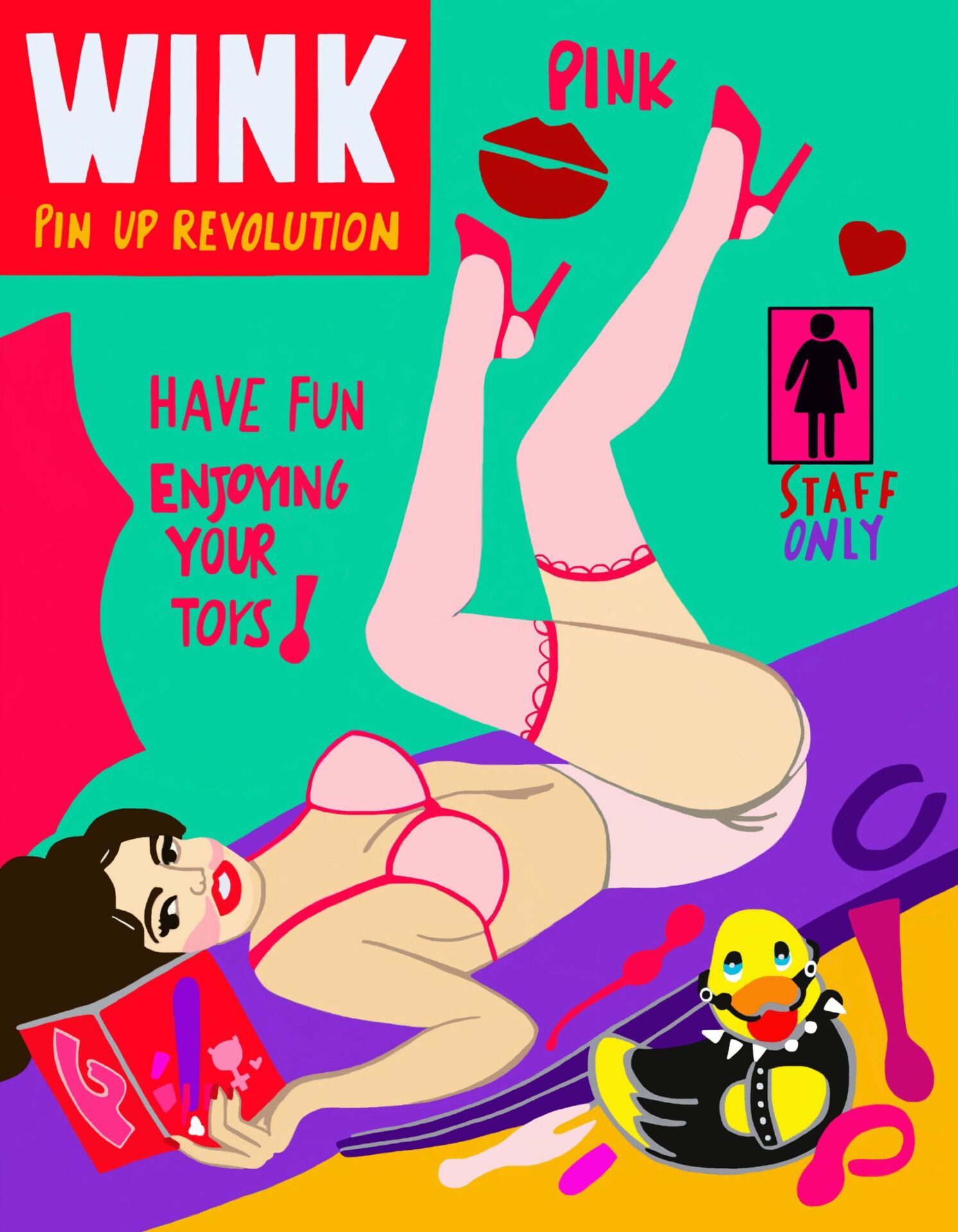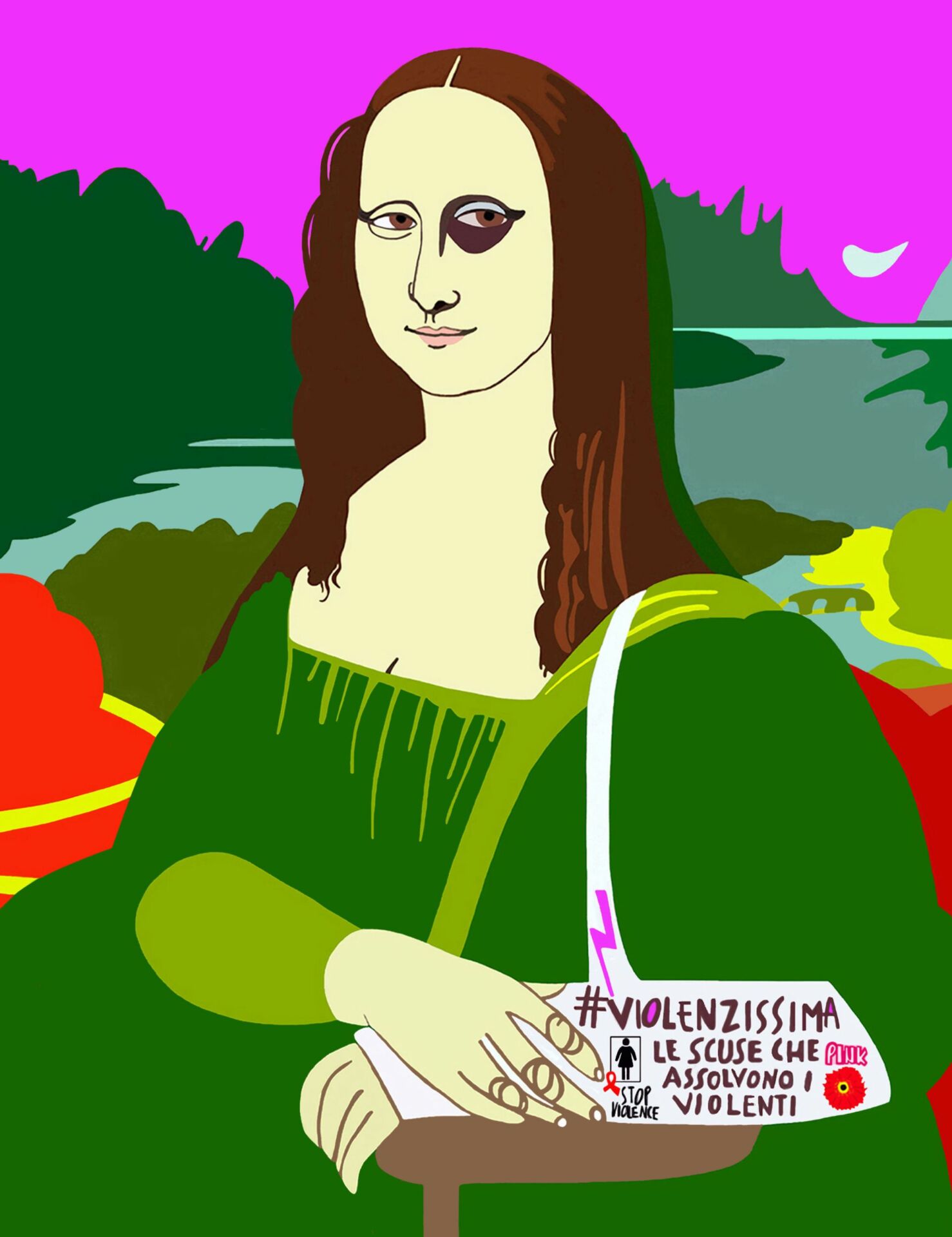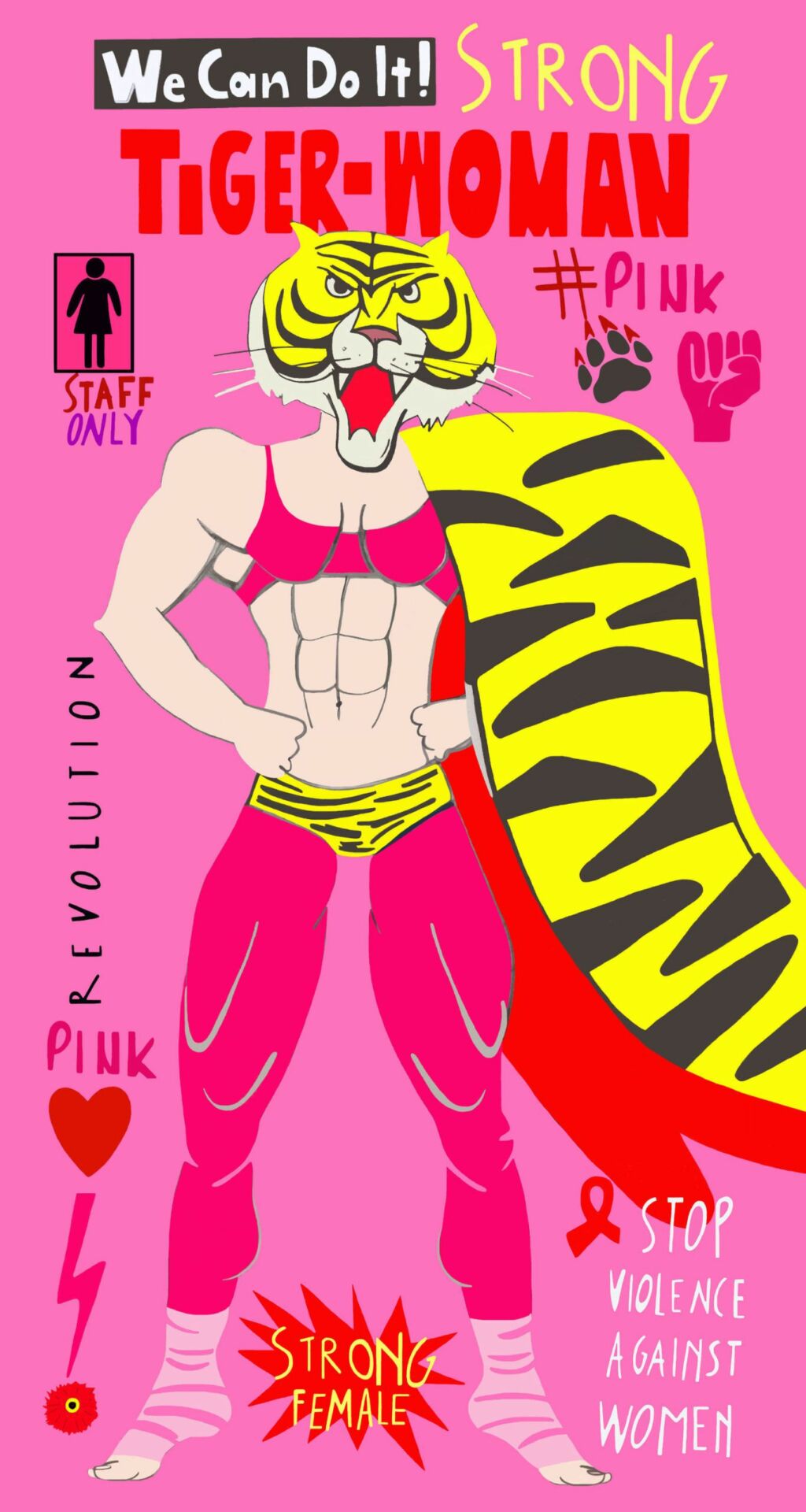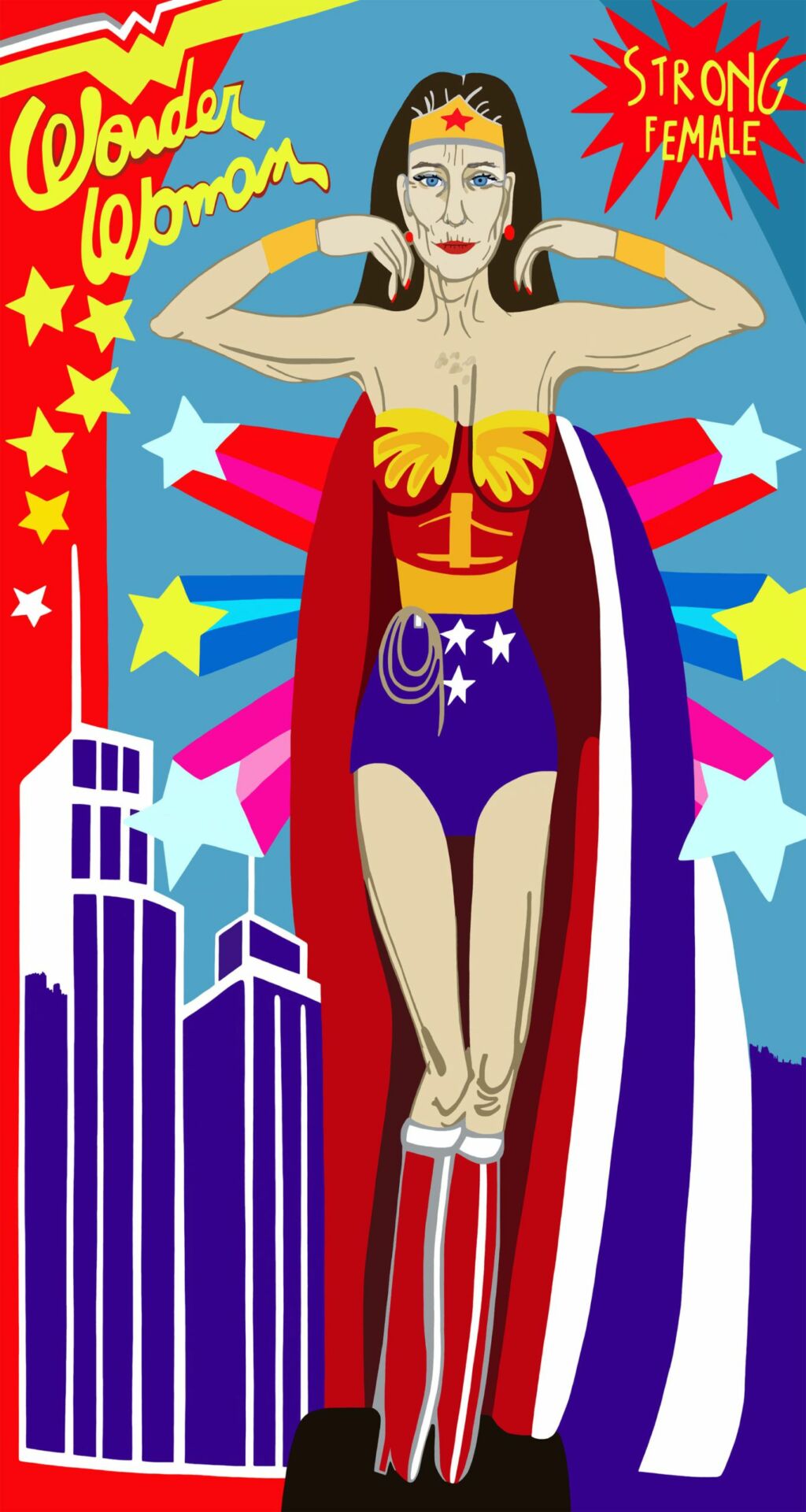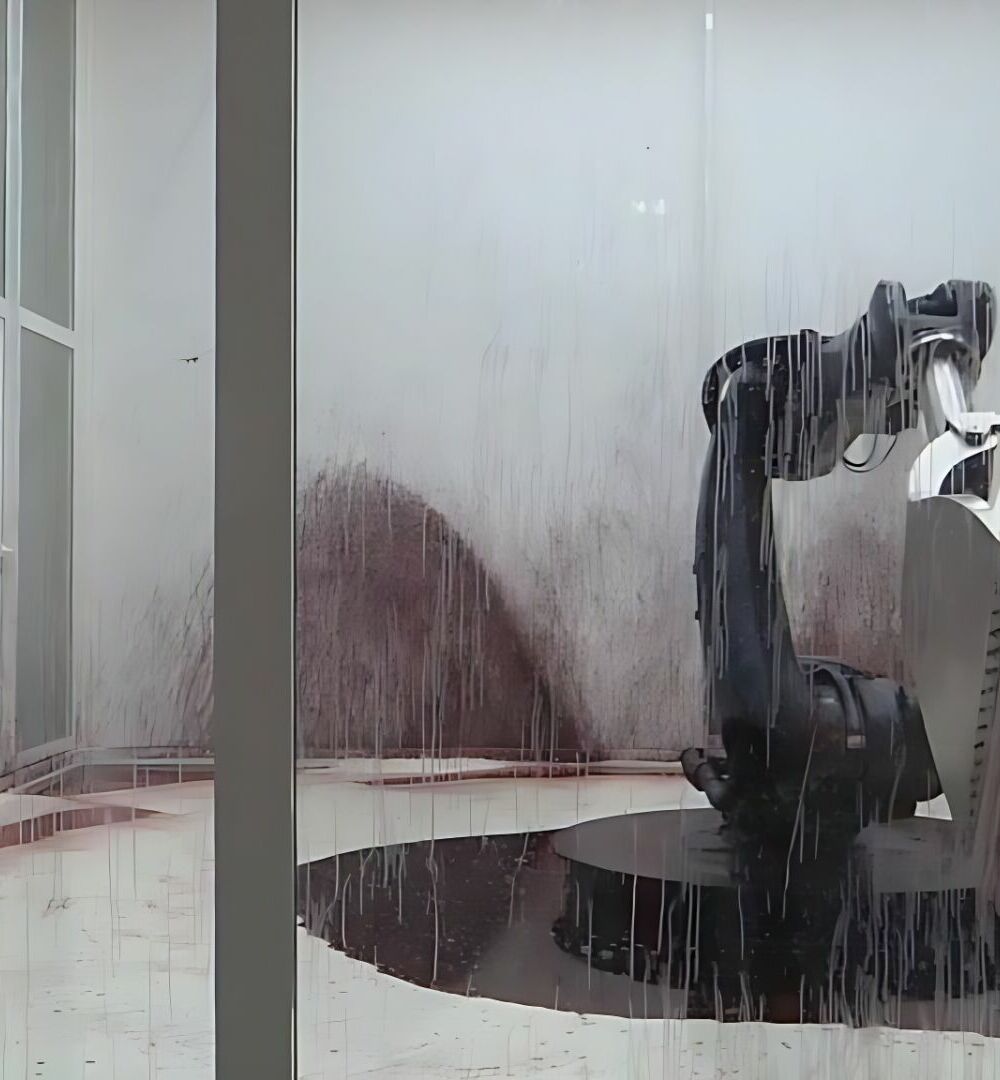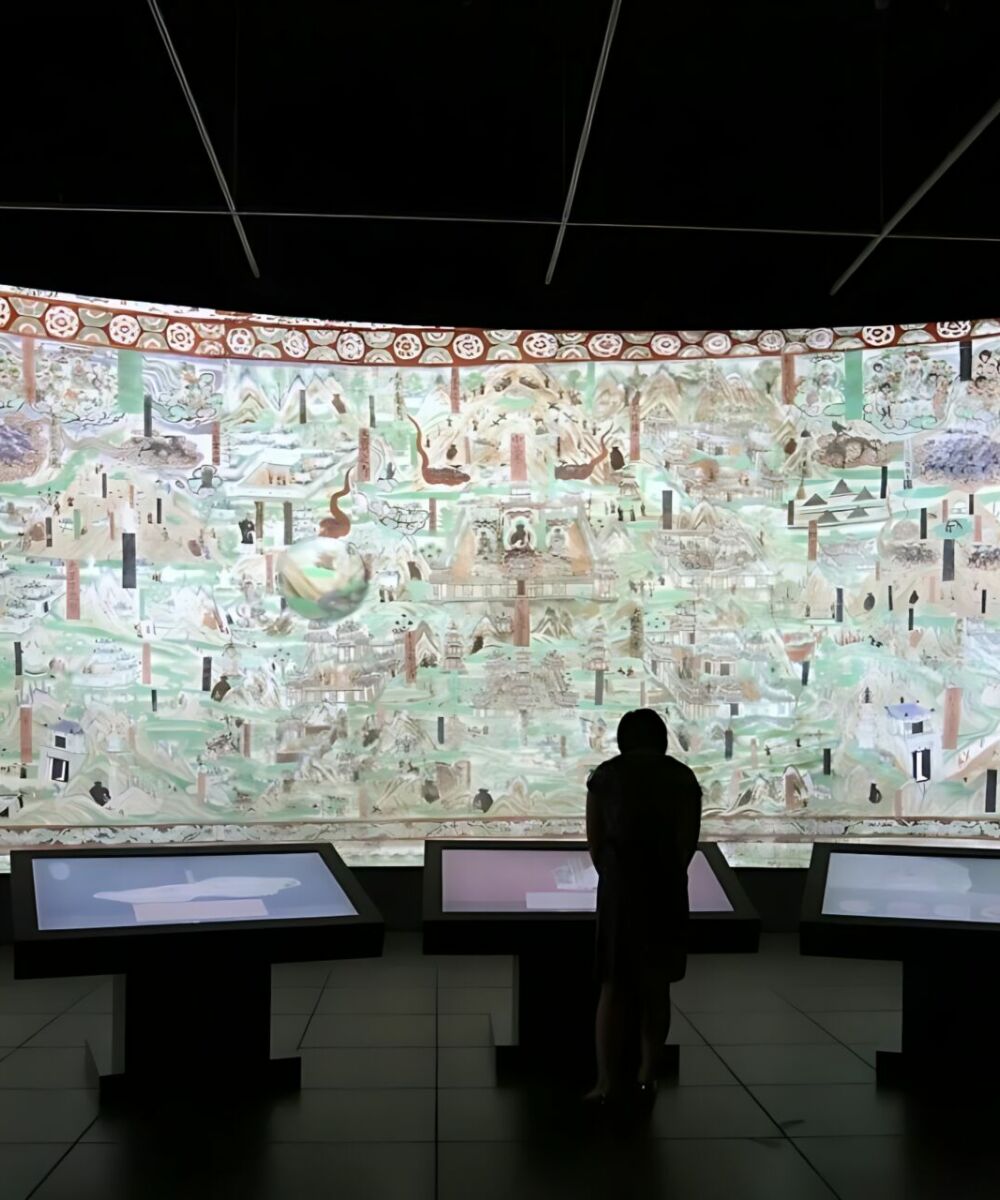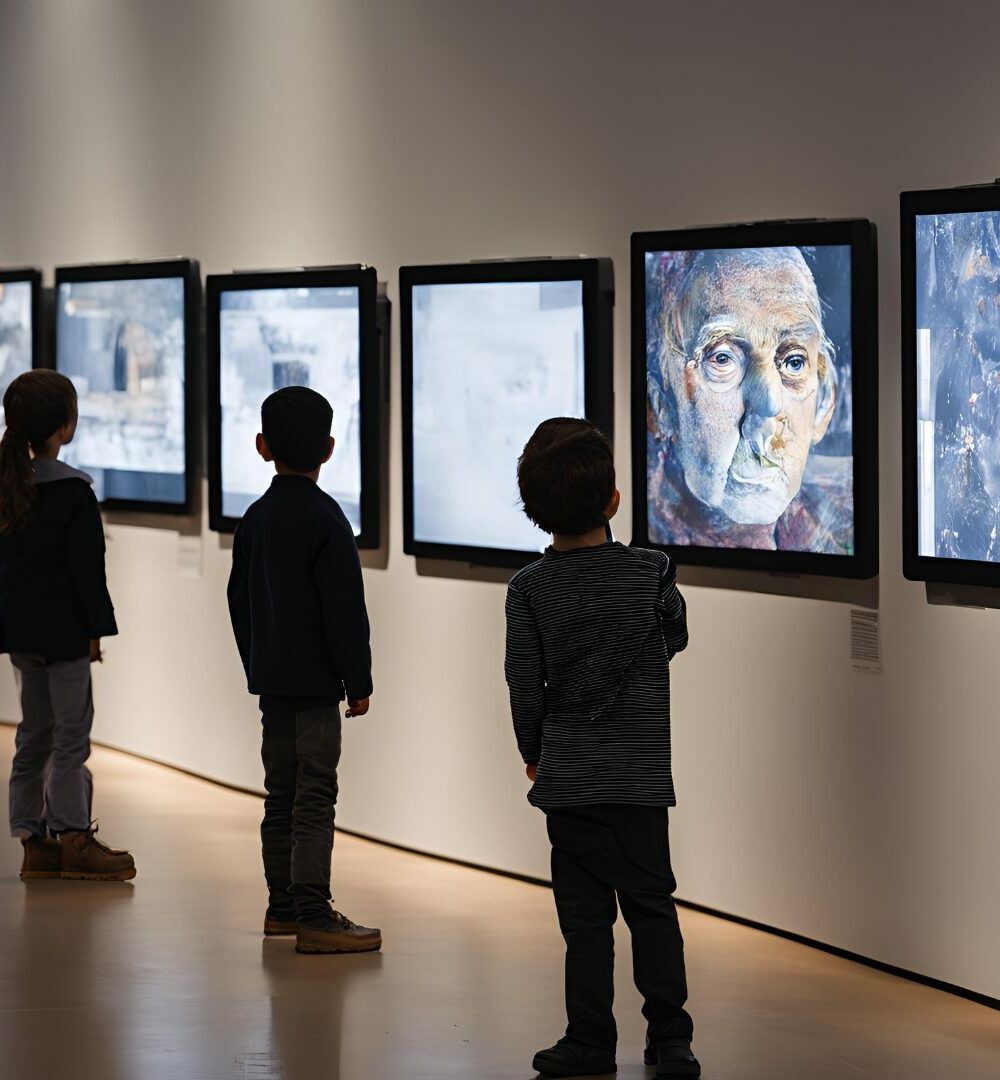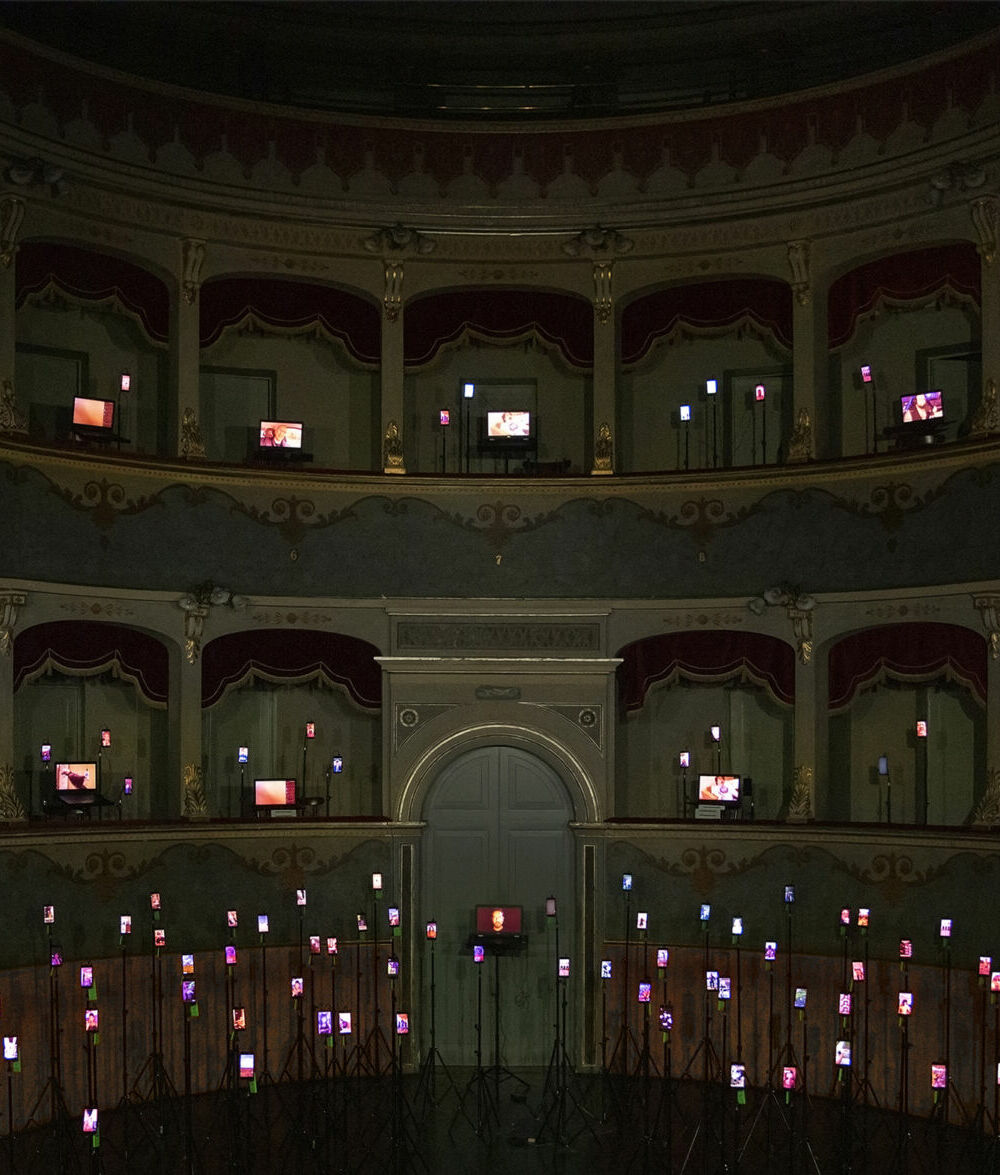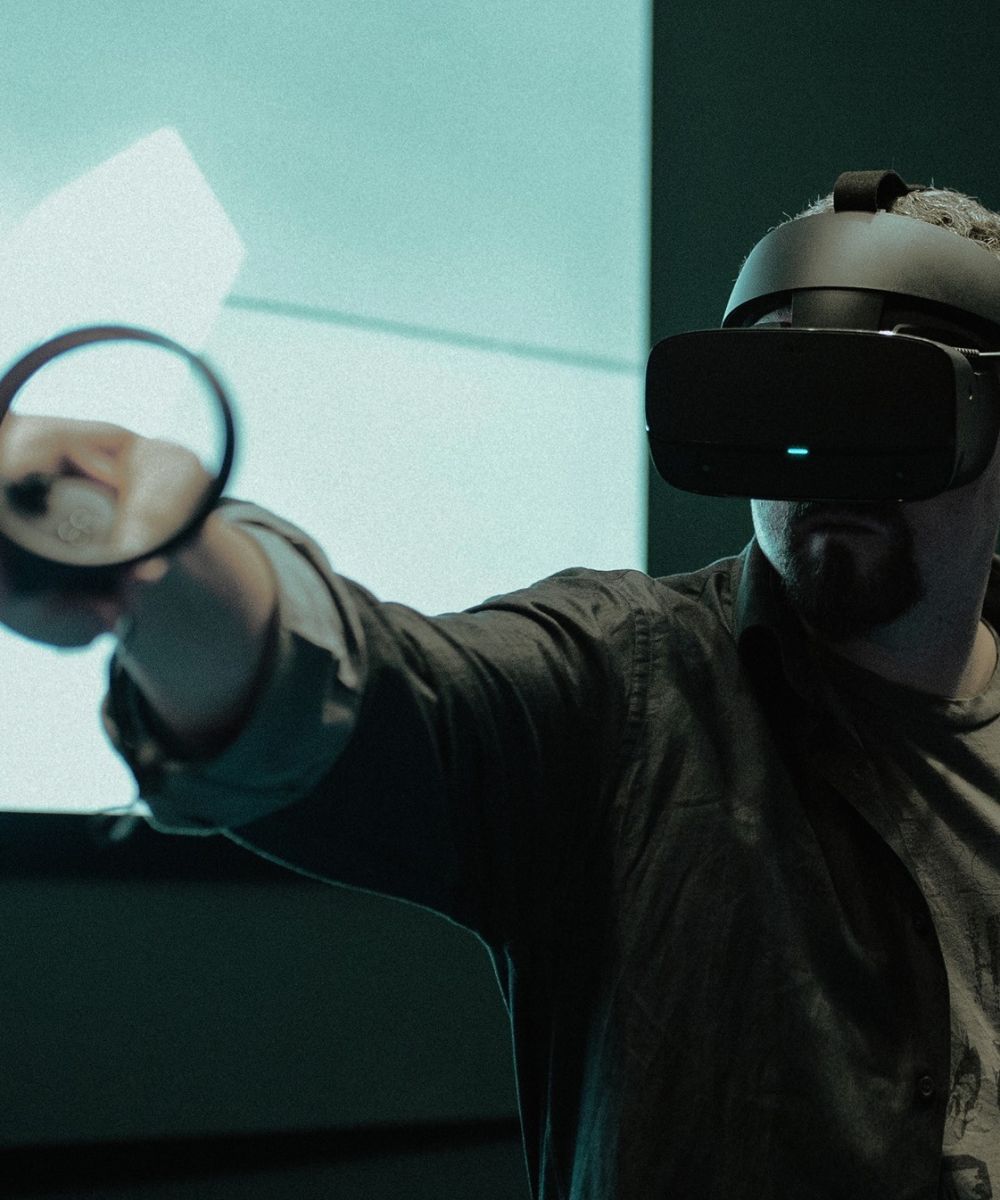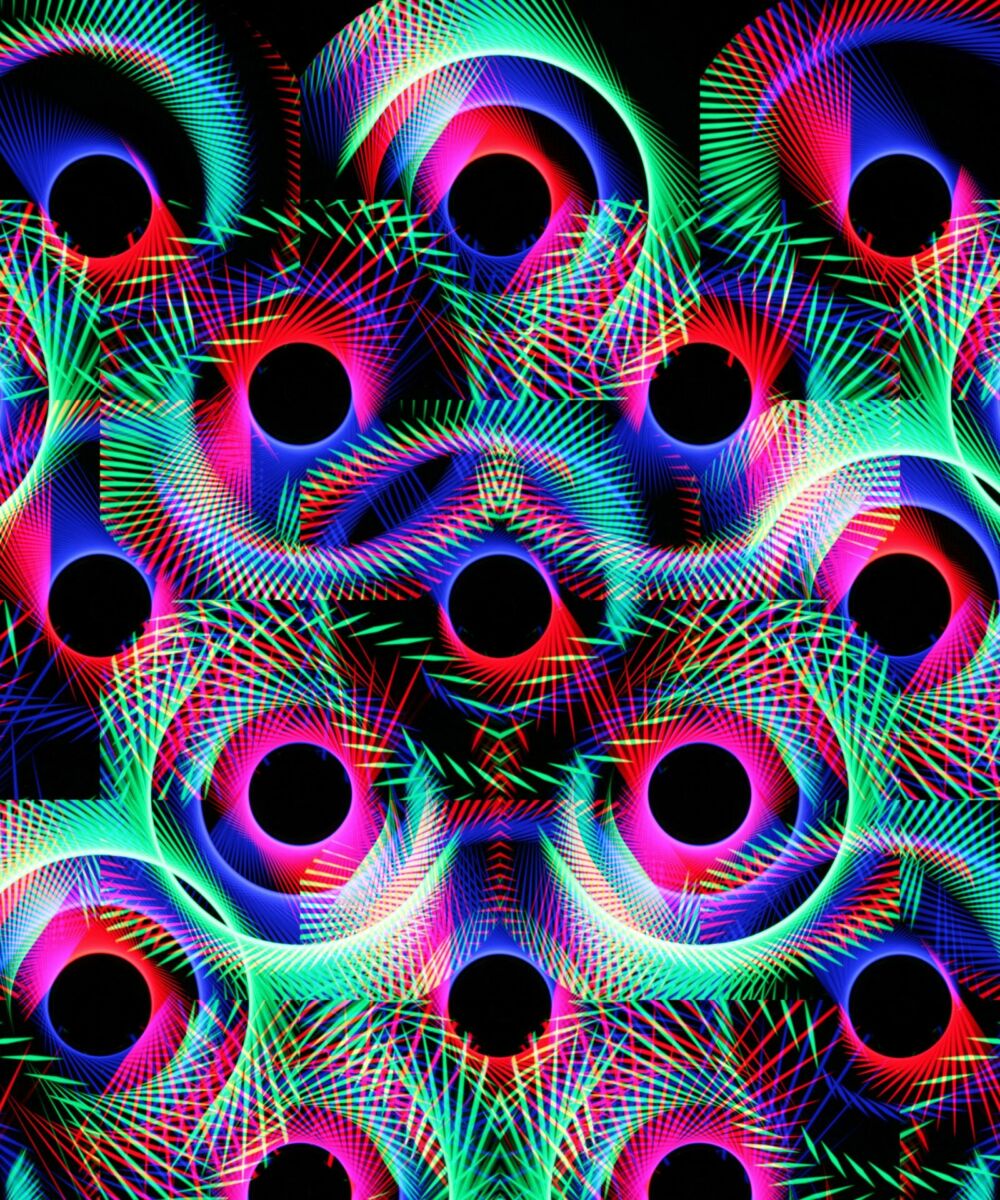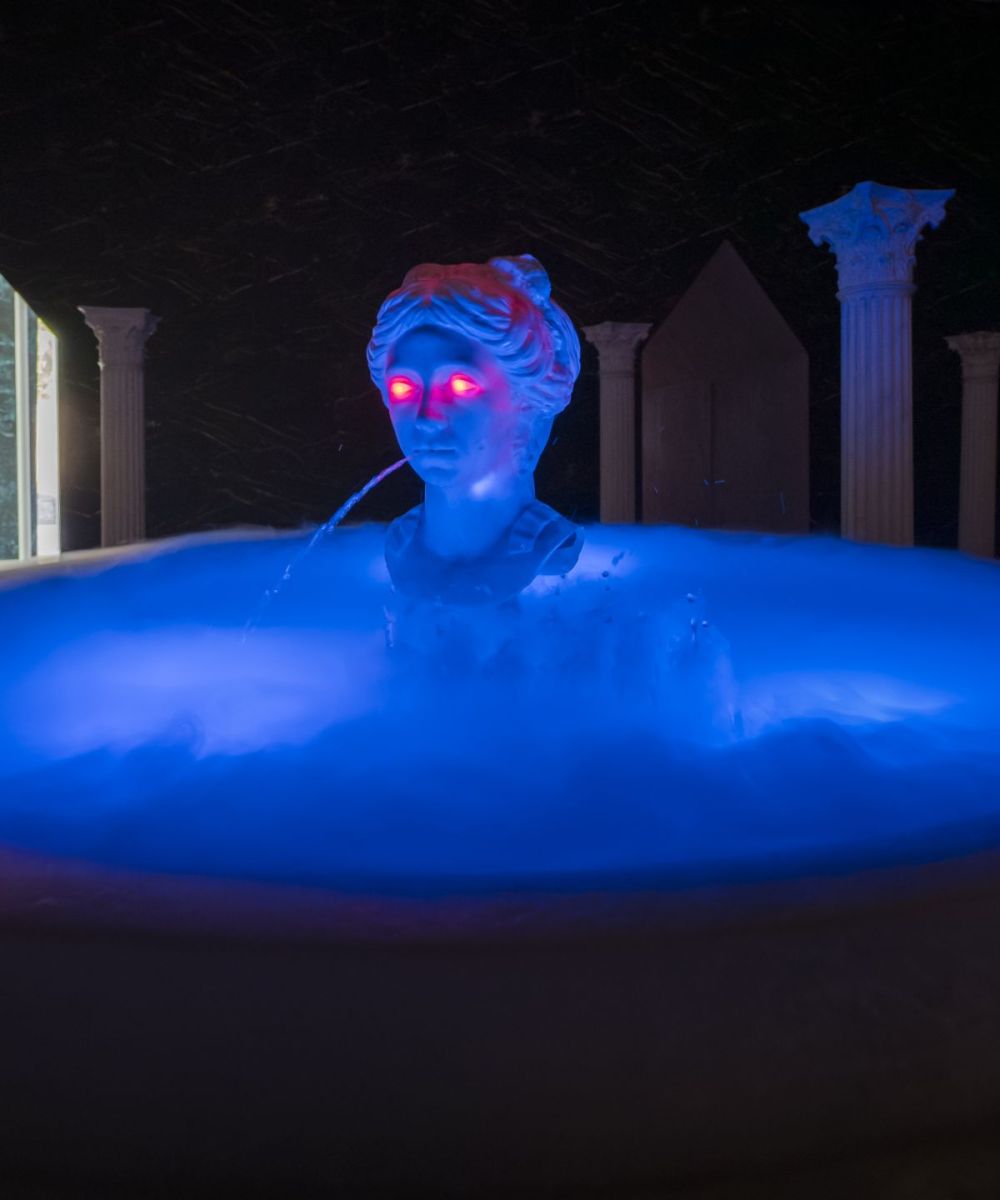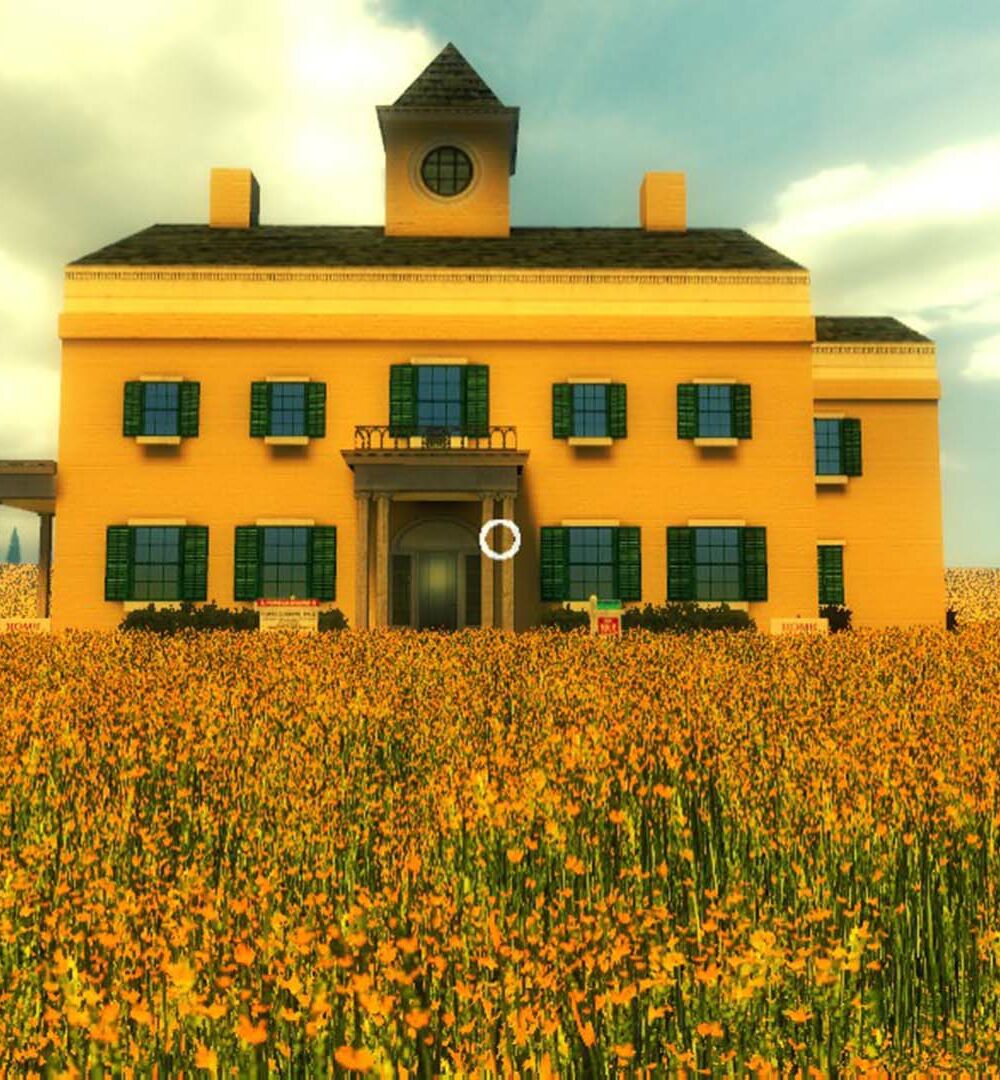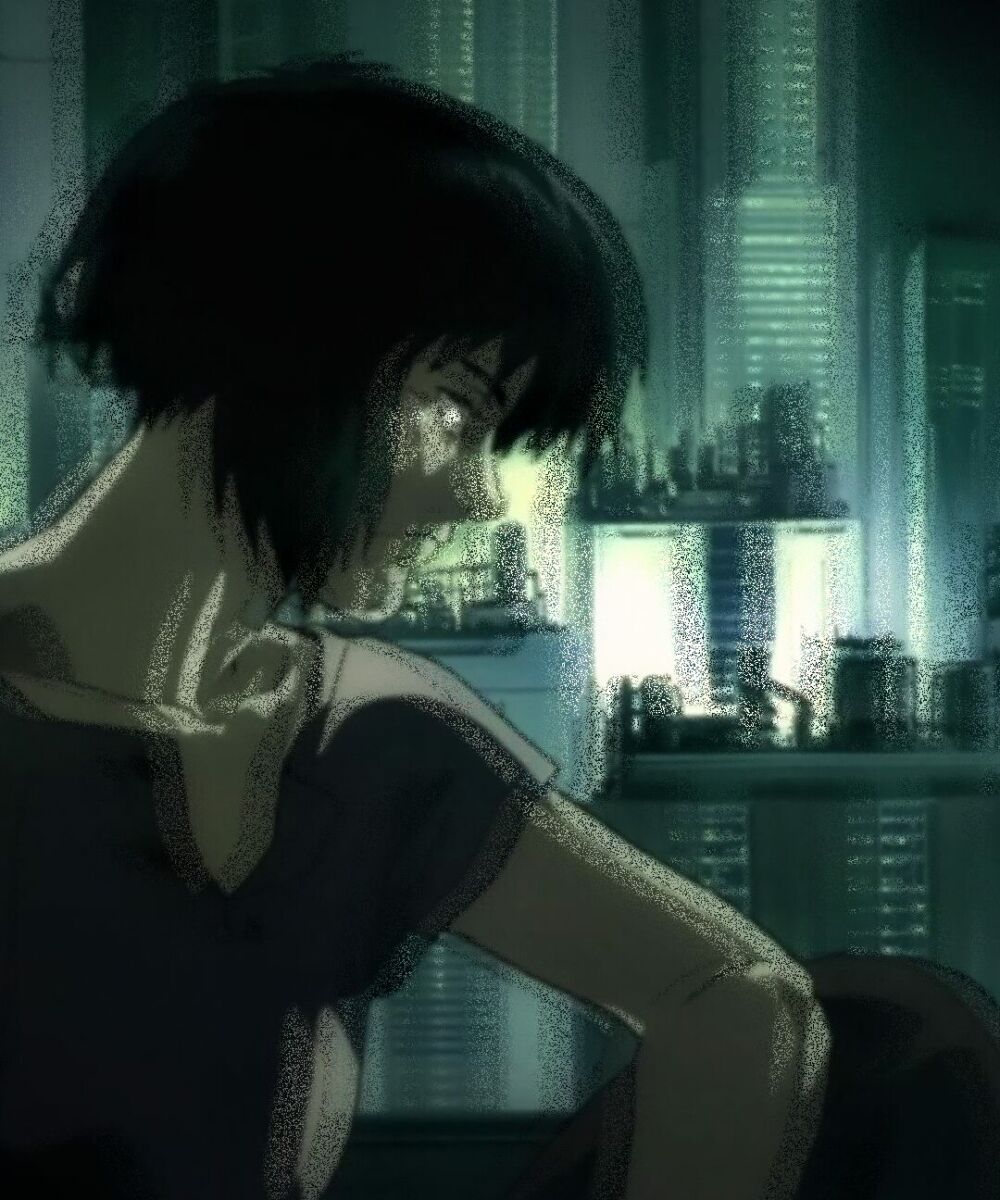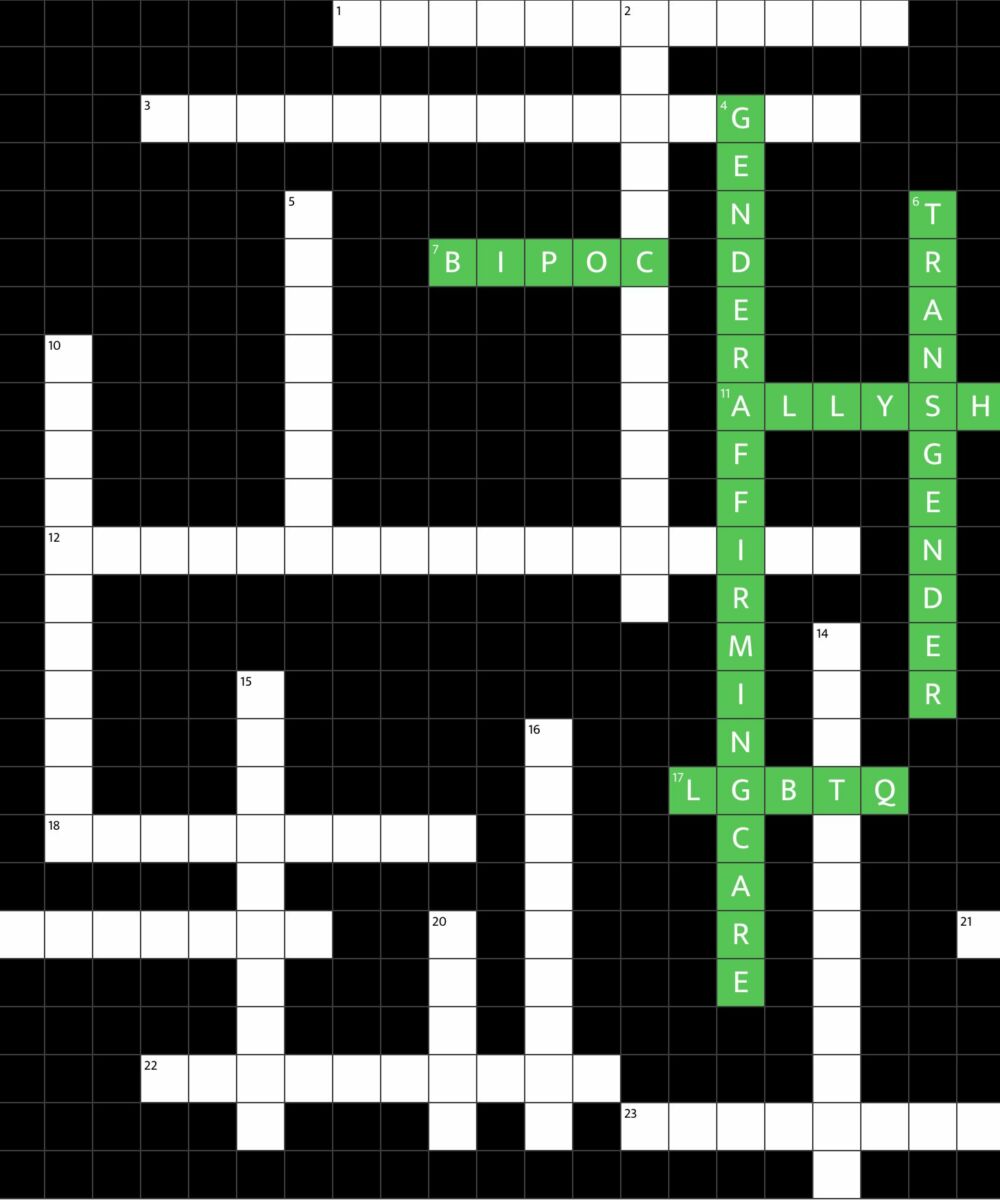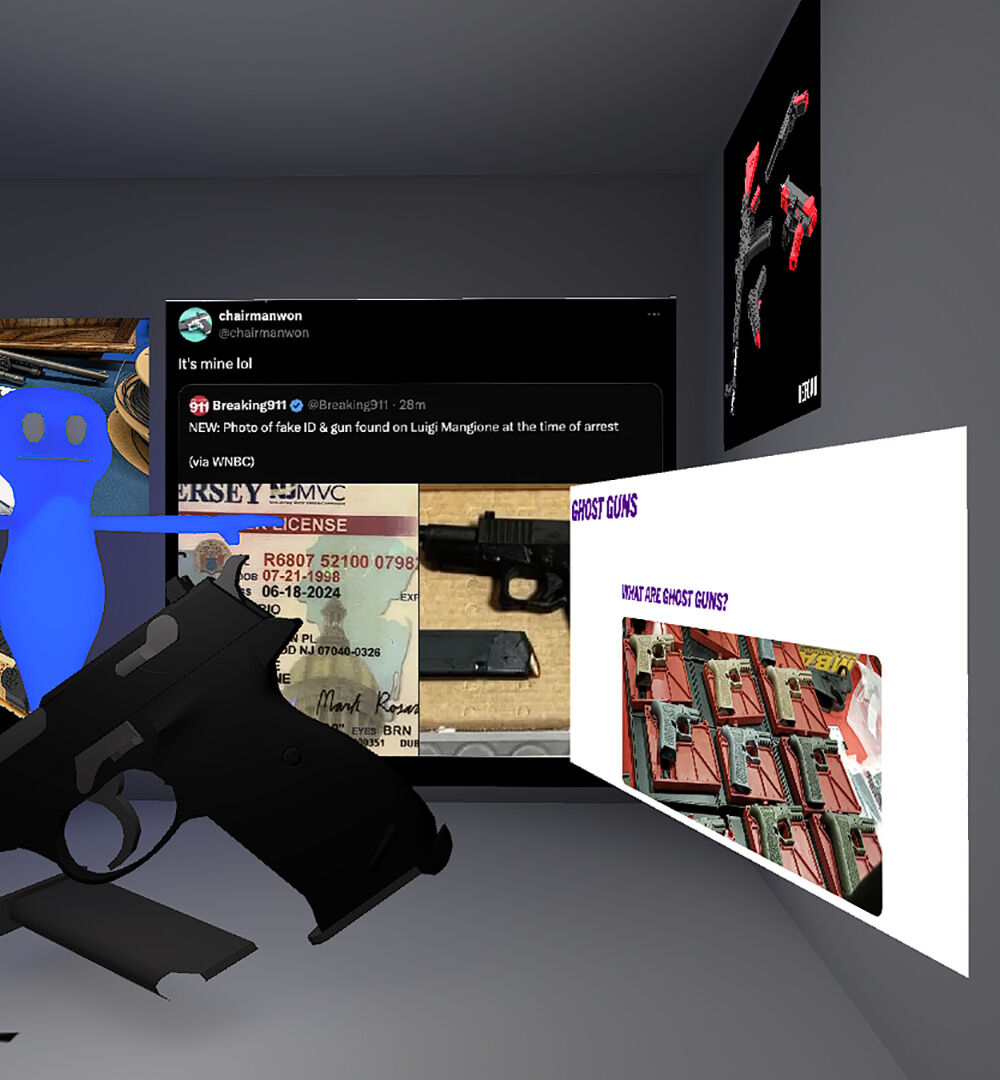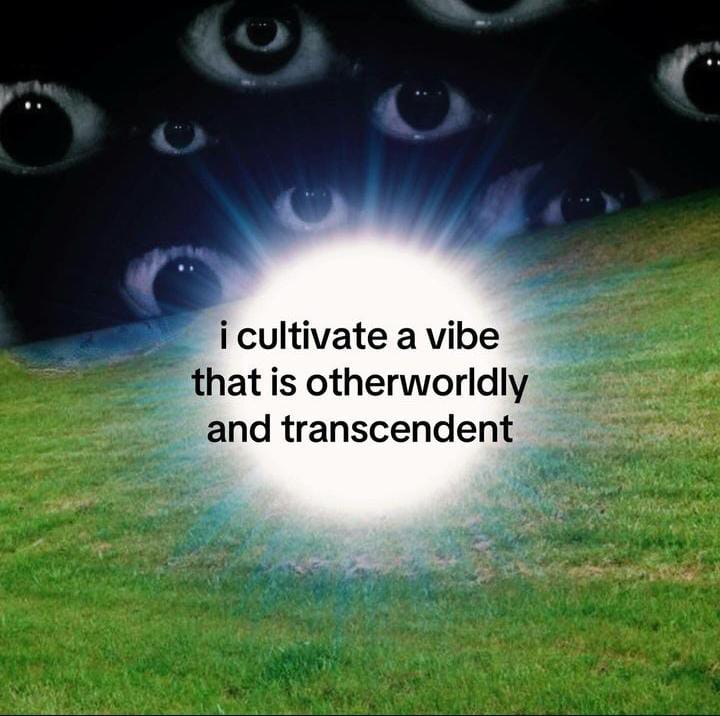The Art of irony and desecration
by Francesca Baboni
Contemporary artists are unlikely to tackle the subject of women’s rights and gender equality, although the subject is one that is by now very much in the forefront of public awareness, being widely debated, though not always in appropriate ways and sometimes using questionable language.Their reluctance may be due to a fear of sliding into rhetoric or not knowing how to approach the subject effectively, as there are still many questions surrounding the issue.
Art, however, has a duty to objectify and interpret reality using individual expressive codes, at times even accepting the risk of offending a certain public opinion.
Giulia Maglionico is a witty, irreverent artist who moves amid the popular, iconic language of street art without neglecting her own expressionist ideals. She offers a personal interpretation of the current status of women’s rights, promoting intelligent and provocatory, but never inelegant, reflections, through paintings that use mixed technique and occasionally large formats. Her choices are innovative, as for example in the case of her digital animations on blockchain, produced in collaboration with Claudio Francesconi, director of the Futura Art Gallery in Pietrasanta and of the NFT Department of the Pandolfini auction house.
A condensation of effectively explicative concepts that dialogue with one another, they feature vivid, brilliant style features that speak directly to an audience of digital natives of Gen Z, conveying the message smoothly while touching on a range of thematic threads, which explore every aspect of physical and psychological distress. She is able, in this way, and with a wonderful sensitivity to describe the complexity of an urgent and spreading problem, suggesting a stylistic approach that derides without minimizing, but rather revealing a mastery of the imaginary universe of cartoons and of the historical-artistic Italian tradition. In her Monna Lisa purple sunrise, the artist disfigures the eye of the celebrated and enigmatic Gioconda by Leonardo da Vinci, portrayed against the background of a dark, purplish sky.
Art, however, has a duty to objectify and interpret reality using individual expressive codes, at times even accepting the risk of offending a certain public opinion.
The work was actually painted for the cover of a book of investigative journalism entitled “Extreme Violence”, written by the Tuscan journalist Ilaria Bonuccelli and published by Edizioni Del Pozzo di Micene, which discusses cases of unjust acquittal by the State. The subtitle of the book is “The charges that absolve violent men” cleverly pictured on the cast of the subject’s broken arm. Toys and cartoons are also a feature of the revisitation in a feminist key of the celebrated Japanese anime Tigerman, where a combative tigress is surrounded by street graffiti, and the thorny problem of ageism is viewed through the eyes of an elderly Wonder Woman, whose arms have lost their tone, but who proves to have increased her superpowers thanks to the wisdom of maturity.
While in Barbie Life Secrets Unboxing, which simulates the iconic doll aged inside her own box, with all the accessories, amusingly paraphrasing the gesture that has become viral on social media of exhibiting childhood doll collections. A little sweeter, but just as sharp, is the irony linked to the machoistic advertising of the Fifties, like the work Star Bouillon Cubes which, referring to the typical publicity of that culinary product, through a competition to find the stereotype of the “real man” is a reminder of the patriarchal conditions of the time.
And it is just for the right to be sensual without conditioning of any kind that Giulia Maglionico redraws and interprets the celebrated Pin Ups with her own series, Pin Up Revolution, as a tribute to the covers of those roaring and contradictory years designed by the American Peter Driben, leader of a pink revolution that no longer saw women as sexual objects in nylon stockings but as women aware of their strength, with the ability to decide their own femininity. In the digital animations, they come to life and move maliciously, flirtatious and seductive but proclaiming different slogans that demand recognition of their reconquered independence.
FRANCESCA BABONI
Is an art critic, art historian and independent curator. She lives in Correggio (RE), graduated in Classical Literature with a DAMS art-historical focus at the University of Bologna, and has curated more than two hundred solo and group exhibitions of contemporary artists for private and institutional spaces. She is founder and curator of the International Combat Prize in Livorno, now successfully in its fifteenth edition, founder of the Painting and Photography Prize for Under 35 “Mantegna Cercasi” in Mantua. Editor of Artribune Magazine, until 2020 she was a member of the Board of Directors of the Il Correggio Foundation, which has the task of enhancing the figure of the 16th-century painter Antonio Allegri known as Il Correggio. Lecturer in contemporary art economics at the master’s program for art advisor Uniarp People’s University, collaborator as an art expert for Artesicura SRL.


